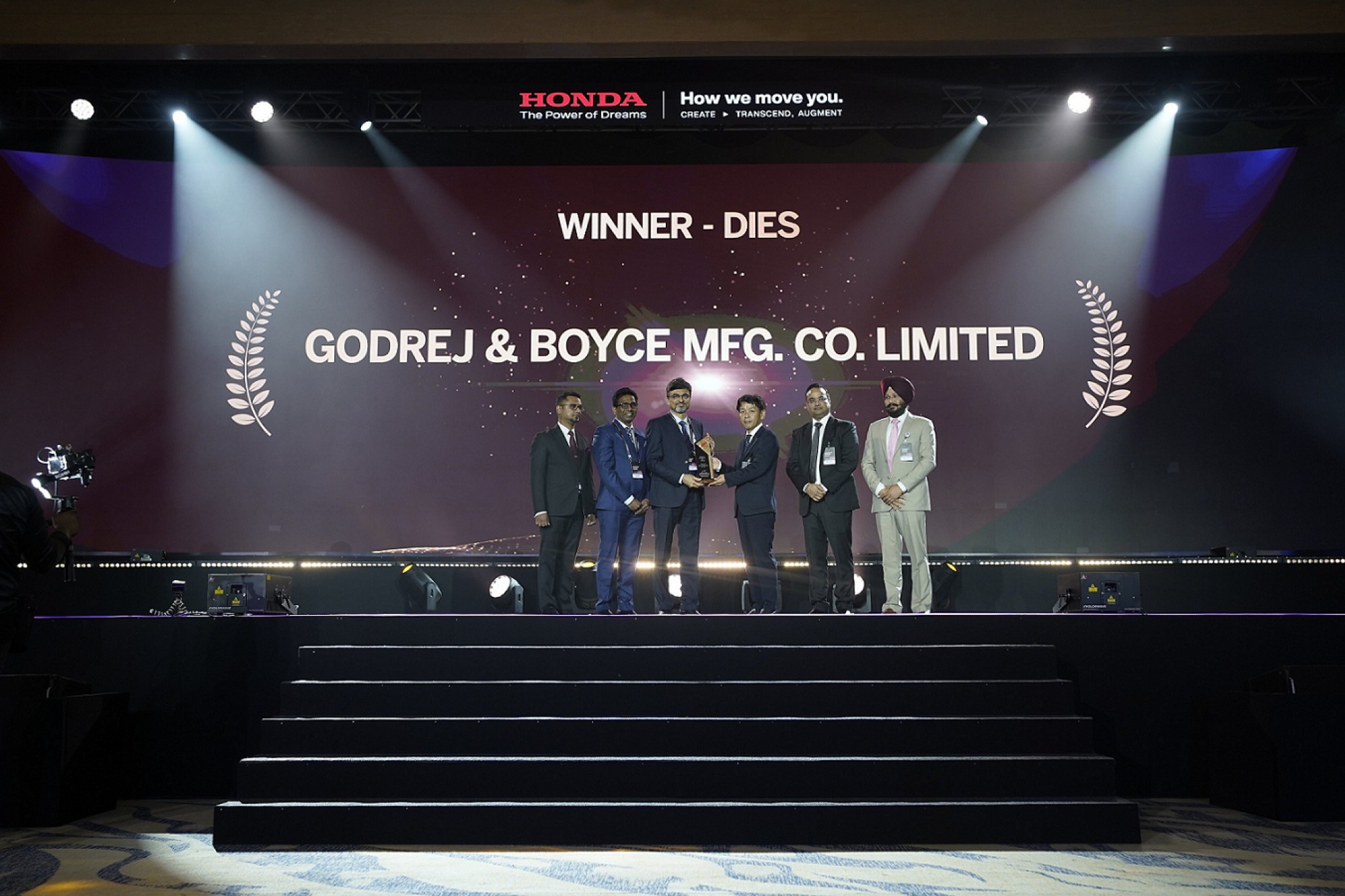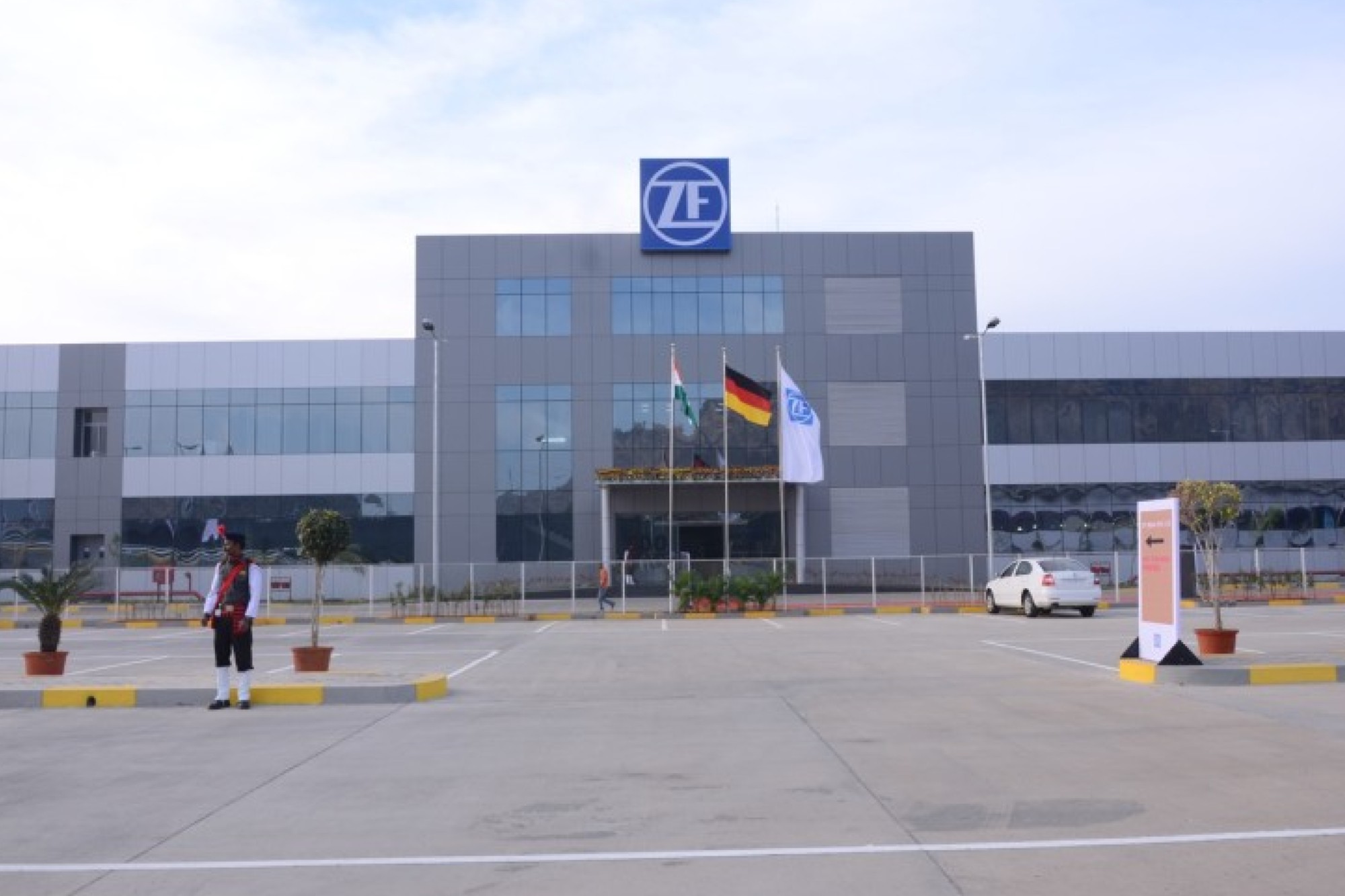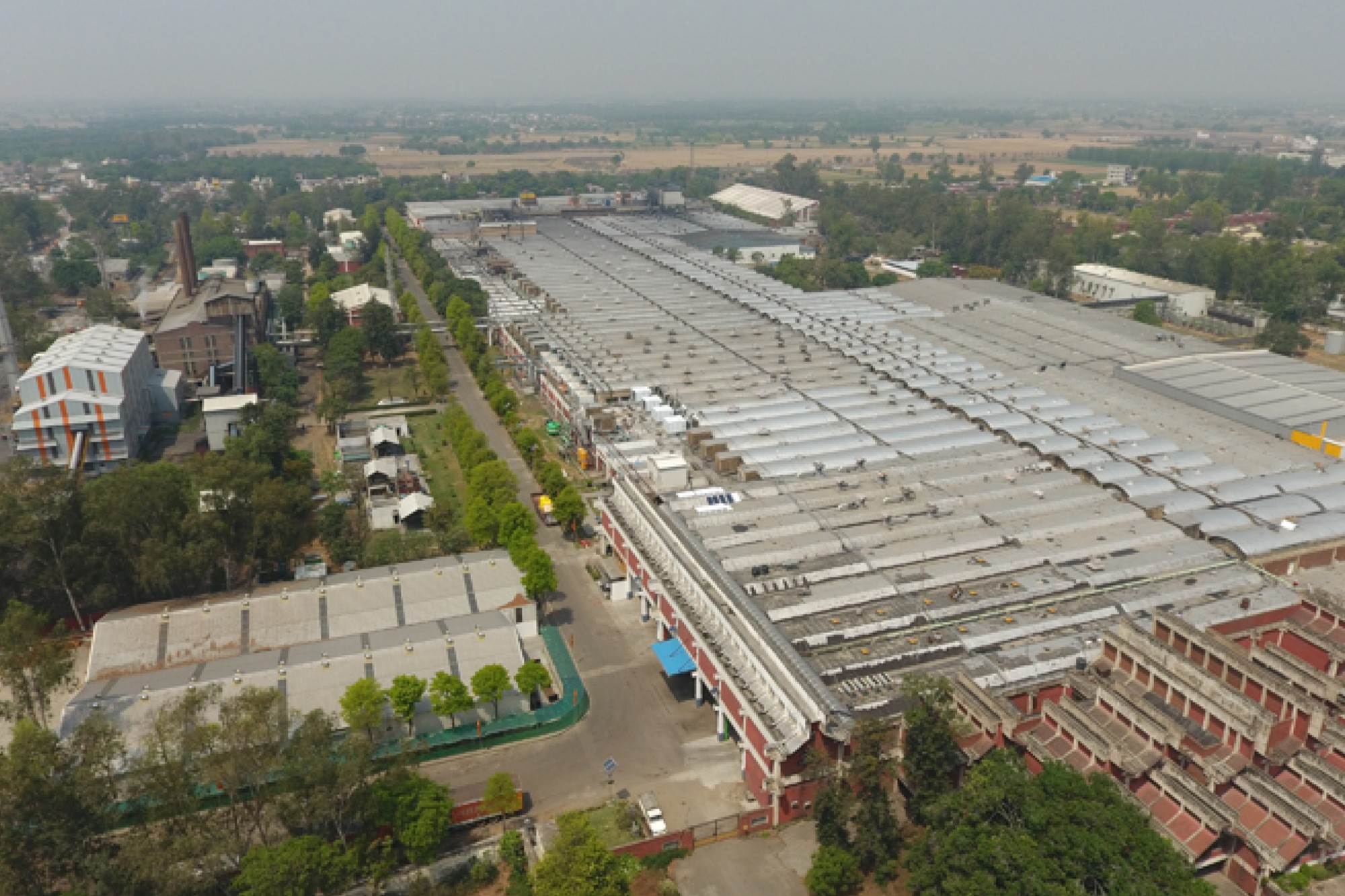Using IoT to Drive Lean Implementation
By OEM Update Editorial June 29, 2017 6:26 pm IST
This article debunks the myths of common challenges and hidden costs associated to the implementation of Lean technology in packaging plants.
FMCG brands that once enjoyed healthy mid-single-digit growth or better have encountered challenging headwinds recently. In this pressurised marketplace, Lean manufacturing is becoming more and more crucial. And technology – especially internet-connecting technology – is the key to such efforts.
The business press frequently writes about the Industrial Internet of Things (IoT), the fast-growing interconnectedness of the machines and systems that shape our businesses (and our lives). But the shining examples we read about tend to involve very expensive pieces of capital equipment, like combine harvesters, mining equipment and aircraft engines. So IoT may seem less relevant to the FMCG packaging line, especially for smaller companies. But it’s not.
Furthermore, this thinking can inhibit the consideration of new Lean technology, especially since plant teams may consciously avoid initiatives that involve significant IT resources, as these initiatives may be viewed as a “luxury” beyond the core mission of quality, delivery, inventory and productivity. But, it is important to recognise that advancements in technology exist today that minimise IT intensity and fit within the budgets and scope of even small FMCG companies.
I’ll get more specific about this, but first let’s examine why it matters. Take packaging equipment downtime as an example. Unplanned downtime can be very inopportune and strongly impact throughput. But a plant manager may not have the necessary data to develop insights into when or for how long unplanned downtime occurs, much less if it represents a flat or worsening trend, or if it tends to occur at similar times of day or at irregular intervals.
Without this data, it is very challenging to look for “patterns of opportunity” in identifying issues, implementing countermeasures, and boosting productivity. Simply put, many packaging operations simply lack the foundation necessary to do Lean really well. Here are three reasons why:
• Getting the data is hard: Baseline data showing what is happening on the line, such as uptime and OEE data or even simple lists of downtime instances and associated fault conditions, often doesn’t exist or is of insufficient quality to spur continuous improvement. Without it, managers need to rely more on observation, feedback, and intuition, making Lean implementation effectively impossible.
• Equipment and software variety: Packaging lines are often comprised of equipment from many different original equipment manufacturers (OEMs). These machines may speak different software languages, making it costly to monitor equipment using even simple Manufacturing Information Systems (MIS). This is often the root cause of challenging data collection – forcing plant teams to keep logs with clipboards and spreadsheets. While admirable and necessary, these processes tend to be highly manual making it difficult to scale and consolidate data collection and frustrating efforts to derive insights from this data.
• Multiple shifts: Visibility challenges mount when plants run two and three shifts because the plant manager can’t retain direct visibility to his or her operation 24/7. In addition to the data collection issues detailed above, multiple shift operations can lead to gaps and/or inconsistencies in training processes. When a machine goes down in the middle of the night, inevitably there are fewer experts available to help problem-solve and return the line to operation.
The net effect of these challenges is that wasteful costs lie hidden within the operation, unmeasured and unseen. So it’s easy to chalk it up as a cost of doing business.
• Connectivity: Gone are the days when the only way to connect equipment was with hardwired Cat 5 cabling. The recent wave of IoT has driven down the price of wireless connectivity by orders of magnitude. A connectivity project that might have cost $20,000 simply for the installation of Cat5 wiring now requires less than $1,000 of wireless cards and range extenders.• Data collection, consolidation, and viewing: Recent changes in hardware and software allow you to collect operating data without extensive on premise IT involvement. Cloud-based software solutions are becoming the norm – greatly simplifying implementation by dramatically minimising IT intensity. Moving to cloud-based solutions eliminates dependency on plant-based PCs and servers and the associated implementation and maintenance challenges. Data connections can now be made simple using common internet security protocols and standards. With cloud-based solutions, one gets the added benefit of remote data access, freeing managers from the constraints of being on-site to review plant or line performance.
But is a $1,000 investment important given all the priorities you have? Most definitely. Unplanned downtime is a huge waste. Changing plans for the day, last-minute notice that staff will need to work several more hours, excess waiting time… these are emotionally taxing on every layer of the plant organisation. Plant managers, line managers and line workers all have more productive, mission-critical tasks to do than to develop a plan for how to recover from unplanned downtime. No one enjoys spending more time than anticipated to achieve the same output. With today’s technology, unplanned downtime can be significantly reduced.
Now, let’s think about this from a financial impact perspective. Let’s be conservative for the moment and assume the cost of unplanned downtime is $500 per hour. In preliminary work we have done with some of our customers, the ability to connect, collect, consolidate and view data and take corrective action is having a significant impact on downtime reduction. It is conservative to say that there are several thousands of dollars per month of lost productivity per line in a given FMCG plant.
The cost of sensors that monitor machine performance and conditions is also coming down, and manufacturers are working diligently to incorporate additional sensor technologies into new solutions. The evolution of machine performance will continue to evolve quickly. As a simple example, consider the communication of warnings and fault conditions. A few years ago, these alerts were predominantly communicated via light stacks to nearby line operators. Now, automated alerts sent via text and email are commonly available, helping maintenance and operations staff keep tabs of machine performance. With more powerful and numerous sensors, coupled with IoT technology, the potential for true predictive maintenance capability lies just around the corner.
This is a challenging time, but a time when Lean is already your friend. If you’re a small and growing company, Lean can help you remove waste so you can reinvest for sustained growth. If you’re in a large organisation and not growing at the pace of your ambitions, deepening your Lean implementation can help you unlock solutions for your most persistent challenges. As we solve the problems of connecting, collecting, consolidating, and viewing packaging line data, we can confidently chase solutions that will improve our businesses.
Authored by__
Chris Riley, President, Videojet Technologies
Cookie Consent
We use cookies to personalize your experience. By continuing to visit this website you agree to our Terms & Conditions, Privacy Policy and Cookie Policy.















